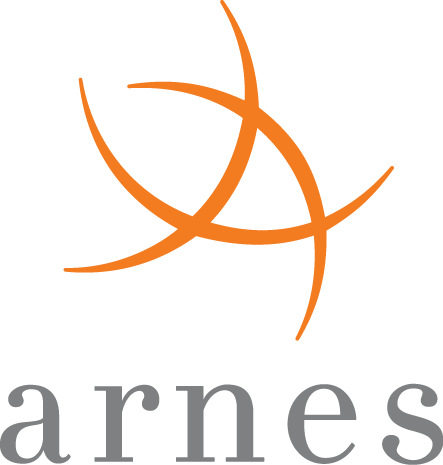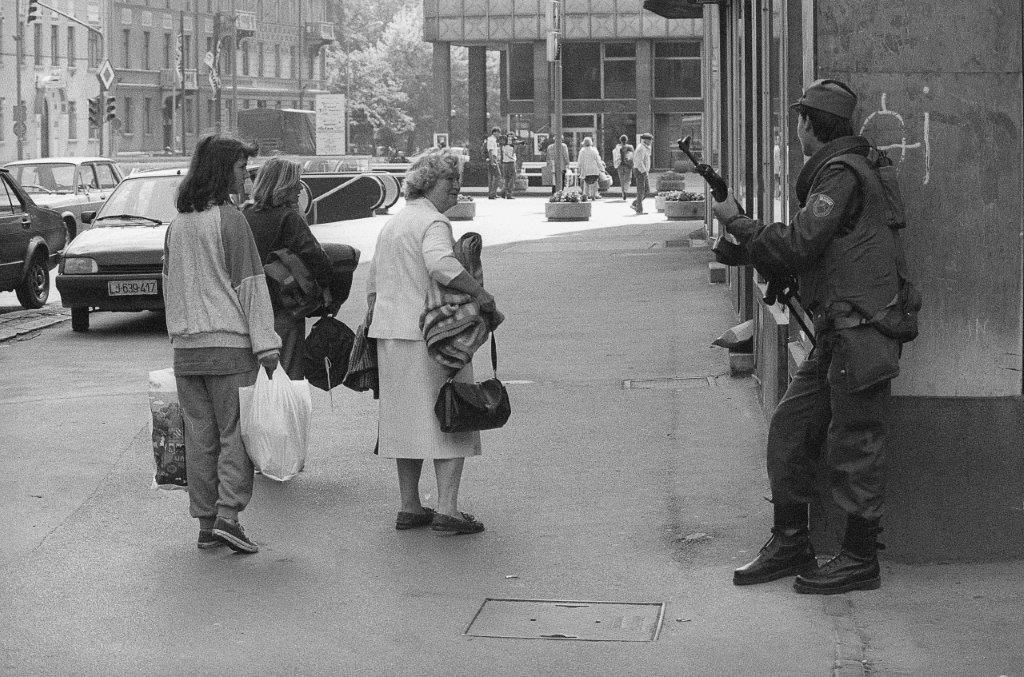A REPORT ON EXCURSION TO LJUBLJANA
The aim of this report is to describe a school excursion to Ljubljana, held on September 17th 2021. The excursion was attended by 2nd grade students of Jesenice Grammar School and it was organised as a part of ITS subject that combines English, Art and Information Technology. The report focuses on presentations at ARNES and Joco Žnidaršič’s photographic exhibition.
History of ARNES and ARNES today
ARNES (Academic and Research Network of Slovenia) is a public institute, founded in 1992, that connects schools and scientific institutions within Slovenia providing a fast and reliable internet network. ARNES is a part of international scientific network GÉANT and leads Slovenian Computer Emergency Response Team together with numerous projects about internet safety. It is estimated that over 250.000 people use ARNES’S services.

Presentations at ARNES
We attended two presentations. The first one by Mrs Maja Vreča focused on the main tasks of ARNES, its projects and its network. She also made us aware of internet safety and ways of protecting ourselves on the internet from possible threats, internet violence and computer viruses.
The second one was about technical problems employees at ARNES faced at the beginning, from choosing the most appropriate floor to wrong-sized servers and lack of space. Although ARNES employs the best experts in this field in Slovenia they still have to learn from their mistakes.
Exhibition of Joco Žnidaršič
We also visited a photographic exhibition of Joco Žnidaršič in Cankarjev dom. Joco Žnidaršič is a renowned Slovenian photographer, born in 1938. During his studies, he became interested in photography and today he is one of the most known Slovenian photoreporters. He received numerous international awards.
The exhibition »Leta preloma« presents important political events and everyday life in years before and after Slovenia gained independence. The majority of photos were taken in black-white technique. The photos were arranged in a special way-photos presenting important political events followed by photos of everyday life.

Conclusion
I believe information given at ARNES will be useful at the information technology. After presentations we were more aware of possible threats and the fact that even the best experts need to learn from their mistakes.
The exhibition showed us the best example of reportage photography and life in crucial times in Slovenian history. Undoubtedly I will benefit from it when preparing my own photo material.
I found the excursion interesting, but would recommend shorter lectures at Arnes as some of the students had difficulty paying attention for more than two hours without a break.
Mark Mencinger

